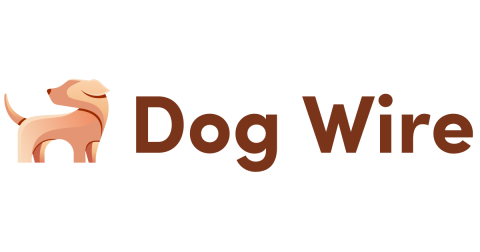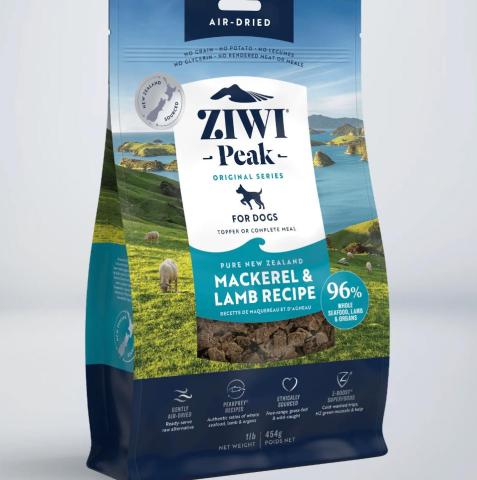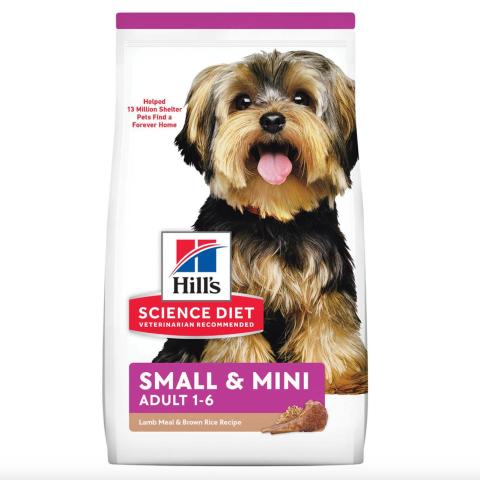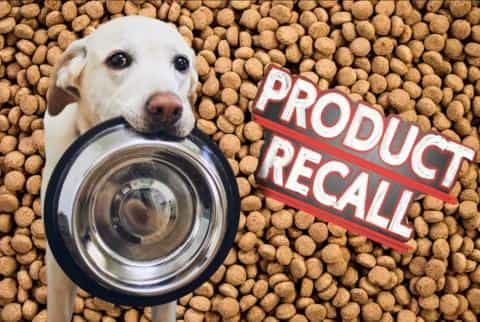
Published on March 31 by Julia
Lamb dog food has become a popular option among pet owners, offering a high-quality protein source that is often easier to digest than other meats. But is it the right choice for your dog? Let’s explore the benefits, potential drawbacks, and how to choose the best lamb-based diet for your furry friend.
✅ High-Quality Protein: Lamb is a rich source of protein, essential for muscle development and overall health.
✅ Hypoallergenic Option: It is often recommended for dogs with food allergies or sensitivities to common proteins like chicken or beef.
✅ Supports Skin and Coat Health: Lamb contains omega fatty acids, which help promote healthy skin and a shiny coat.
✅ Easy to Digest: Many dogs tolerate lamb better than other protein sources, making it a good option for dogs with sensitive stomachs.
✅ Rich in Essential Nutrients: Lamb is packed with important nutrients like iron, zinc, and B vitamins, which support energy levels and immune health.

⚠ Higher Fat Content: Lamb tends to be fattier than other meats, which may not be ideal for overweight or less active dogs.
⚠ More Expensive: Lamb-based dog food can be pricier than other protein sources like chicken or fish.
⚠ Not Suitable for All Dogs: Some dogs may still develop allergies or intolerances to lamb, though it’s less common than with beef or chicken.
When selecting lamb-based dog food, consider the following:
✔ Look for High-Quality Ingredients: Ensure that lamb is the first ingredient and avoid fillers like corn or soy.
✔ Check for Balanced Nutrition: Choose a food that includes healthy fats, fiber, and essential vitamins.
✔ Consider Grain vs. Grain-Free: Some lamb dog foods include grains like brown rice, while grain-free options use sweet potatoes or peas.
✔ Check for Additives: Avoid artificial preservatives, flavors, and colors.

Lamb dog food is ideal for:
Lamb dog food can be an excellent choice for many dogs, especially those with food sensitivities or digestion issues. However, it’s always best to consult your veterinarian before switching your dog’s diet to ensure it meets their specific needs.
Discover More Content





